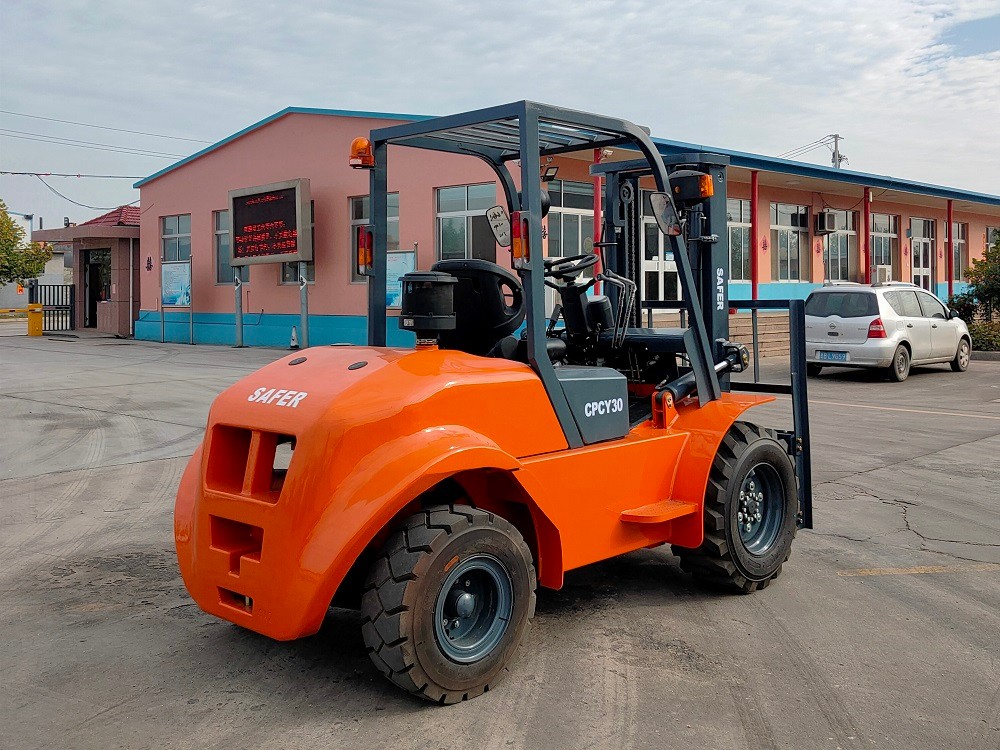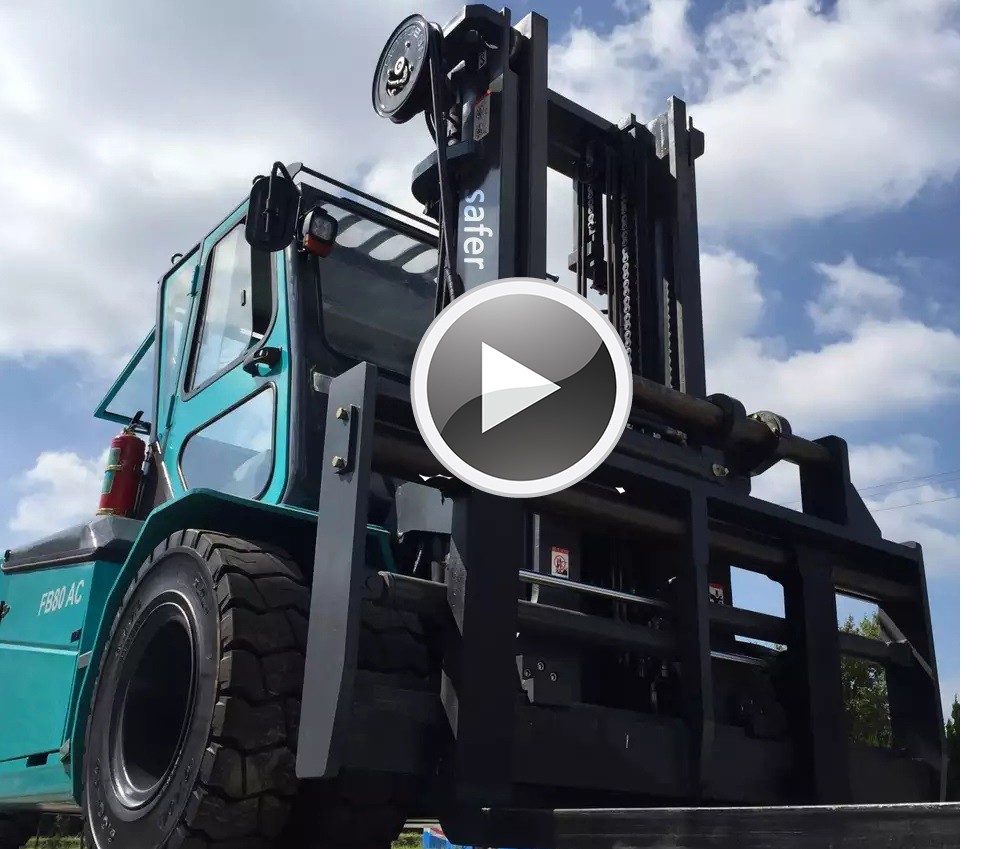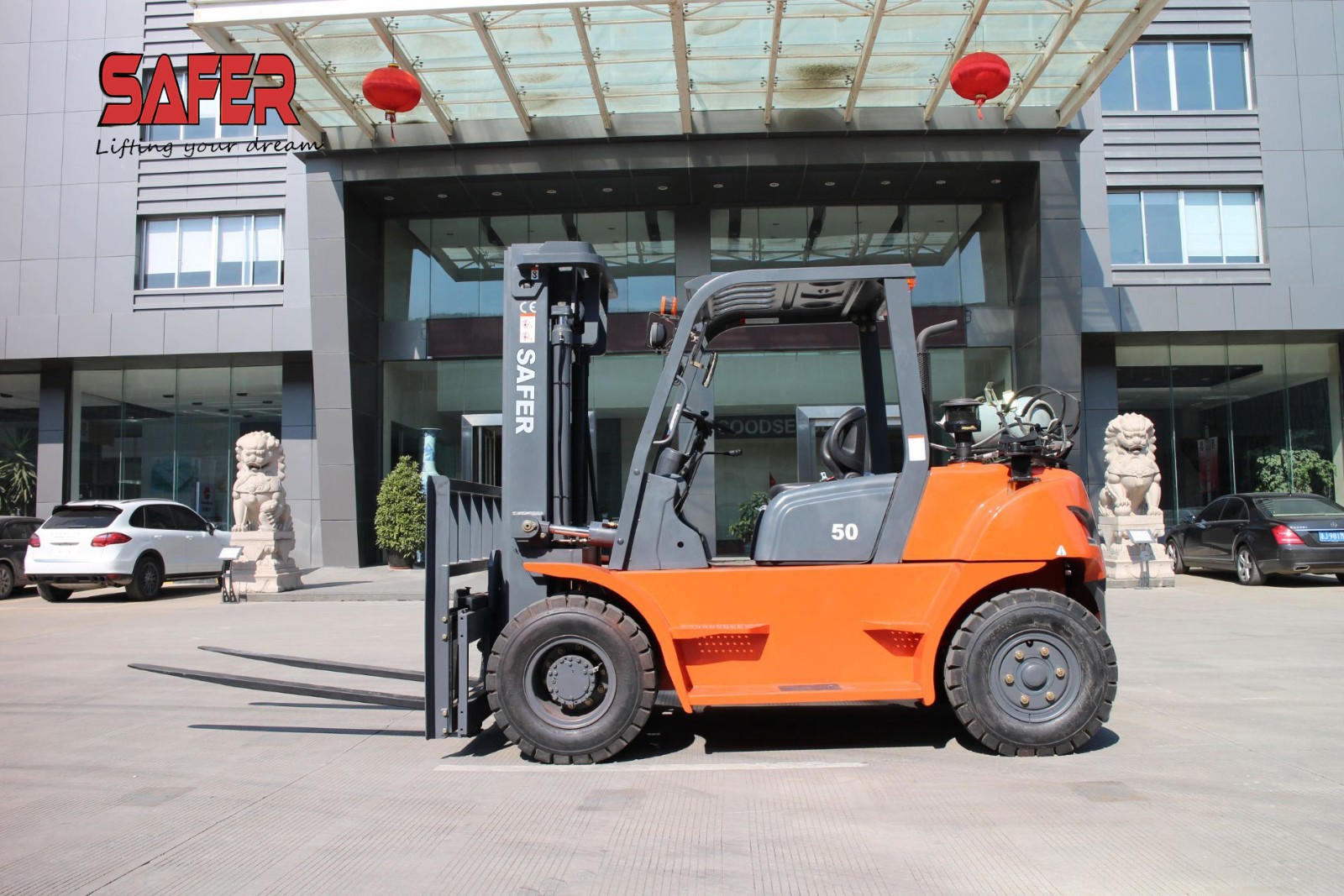1. Daily inspection items
1.1 The function of the brake device and the control device.
1.2 The function of the loading and unloading device and the liquid device.
1.3 Whether the wheel is abnormal.
1.4 Headlights, backlights, direction indicators.
Note: In order to work safely, please be sure to schedule the above checks regularly.
2. Inspection items before engine start
2.1 Is it leaking or leaking?
Inspect the body for one week and check for signs of oil leakage or water leakage. In particular, check the joints, cylinders, pumps, and controls of the hydraulic lines.
2.2 Whether the tire pressure meets the specified pressure.
2.3 Tire wear, damage and deformation and damage of the hub
Also check if there is any foreign matter caught in the tire; tighten the hub nut to the specified torque.
2.4 Cooling water volume
Remove the radiator cap and check if the water is sufficient. If it is insufficient, fill it up.
2.5 V-belt elastic
Press the center of the belt with your hand to check that the deflection meets the standard. If the belt is scratched or cracked, replace it with a new one.
2.6 Engine oil oil quantity
Check with a fuel gauge. If the engine is dirty or discolored, replace the oil.
2.7 Working oil tank volume
Check with a fuel gauge.
2.8 pedal action
Check if the pedal is too heavy, can rebound, and the inching pedal is linked to the brake pedal.
2.9 speaker
Check the horn condition.
2.10 lights
Check whether the lights are normally lit, whether the turn signal lights are normal, and whether the lights are clean or not.
3. Check items after engine start
3.1 Abnormal sound and abnormal vibration
In particular, check the engine and liquid pump for abnormal noise and abnormal vibration.
3.2 Engine exhaust color
The exhaust color is colorless or light blue is normal.
3.3 steering wheel
The normal clearance of the steering wheel on the circumference, in addition, check whether it moves up and down.
3.4 Fuel tank oil quantity
Turn the starter switch to the “power” position and look at the position of the fuel gauge hand on the dashboard. If the amount of oil is insufficient, it will be full. Pay attention to keep the fuel filler and oil clean when refueling.
3.5 meter
Check if the engine oil pressure warning light and the charging warning light are off, whether the engine water temperature gauge and the torque converter oil temperature gauge pointer are in the green zone.
3.6 Chain tensioning
Raise the fork 10-15mm and press the center of the chain with your fingers to see if the deflection of the left and right chains is the same.
3.7 Steering wheel action status
Check if the steering wheel is biased, whether it can't be controlled when running in straight line, and whether the steering is too heavy.
3.8 pedal
Check that the brakes are adequate or that there is only one side brake.
Whether the vehicle can advance slowly when the jog pedal is pressed. When you step on it further, do you brake?
Only trained and qualified personnel can perform vehicle maintenance
Pre:forklfit Loading and unloading
Next:Daily maintenance of forklift



